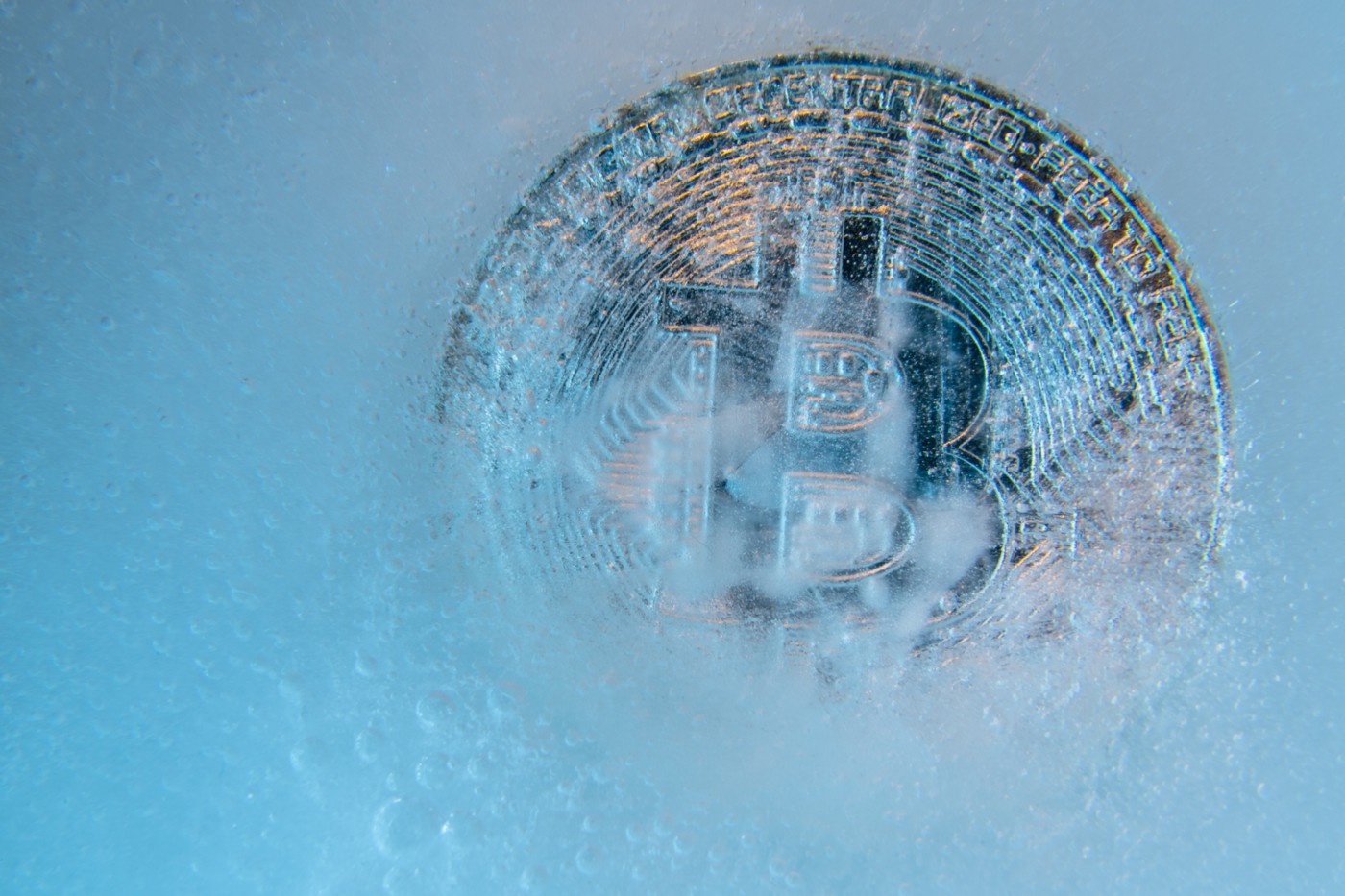by Nicola Phillips, Copywriter
With the steep decline in valuations and the recent mass layoffs, there aren’t a lot of positive things to say about crypto markets right now.
In phase one of our business, Soluna has been focused on mining Bitcoin.
Yet in the midst of this crypto downturn, the Soluna business model has remained robust and resilient.
How?
First, a quick overview of how Bitcoin mining works:
- Transactions are bundled into a “block.”
- Miners compete to solve the block, which is difficult to do but simple to verify (often compared to a Sudoku puzzle).
- After a block is solved, the transactions are verified by the network.
- The new block of verified transactions is attached to a chain of prior blocks (the “blockchain”).
- Miners are rewarded for solving the puzzle with an allocation of Bitcoin. These allocations occur, on average, every 10 minutes.
- The current reward per block solved is 6.25 BTC, which aggregates to ~900 BTC per day network-wide.
There are a finite number of Bitcoins in the world (21 million), and the minting period was decided at Bitcoin’s inception such that the supply will reach its limit in 2140.
In order to adhere to this set minting period, the number of Bitcoins that can be mined in any one day is capped. This cap applies regardless of the number of network nodes, or “miners,” participating in the network. To enforce this cap, as networking computing power increases, the difficulty of the puzzle algorithmically increases. As more miners join, it becomes increasingly difficult to solve the puzzle at hand.
Mining itself is not immune to the market, because a majority of miners depend on selling their mined Bitcoin back to the market. In adverse price environments, the less efficient miners don’t make money and are forced to unplug.
And, just as more networking computing power leads to increased overall difficulty, less power results in declines in difficulty. Miners exiting reduces the network hash rate (speed of processing power), decreasing the difficulty and thus the energy expenditure for those remaining.
Price downturns can be advantageous for those miners who are left standing.
To put this another way, the number of Bitcoins that will be mined every day from now until 2140 has been predetermined. Every miner in the world is competing for a share in that set prize. So, if the number of miners decreases, the probability of being a winner increases for everyone who’s still playing.
When markets are good, lots of less efficient miners can succeed. But when markets are bad, miners must be best in class in order to stay afloat. In a bad market, it matters both how profitable you are independently and how profitable you are relative to the rest of the ecosystem.
Efficiency pays, and Soluna delivers an elite level of efficiency.
“Around 90% of the Bitcoin mining network would have to disconnect before Soluna’s operations would drop below breakeven.” –Phillip Ng, VP Corporate Development
The algorithm that underwrites the mining process insulates the ecosystem as a whole from the volatility of the market. It balances out risk and controls reward, making the profitability of mining companies less dependent on the price of Bitcoin and more dependent on how efficiently a company can run its business.
The viability of Bitcoin mining isn’t simply a function of its price volatility. The ecosystem rewards the most efficient, and buffers them from price shocks.
Bitcoin mining is survival of the efficient.




